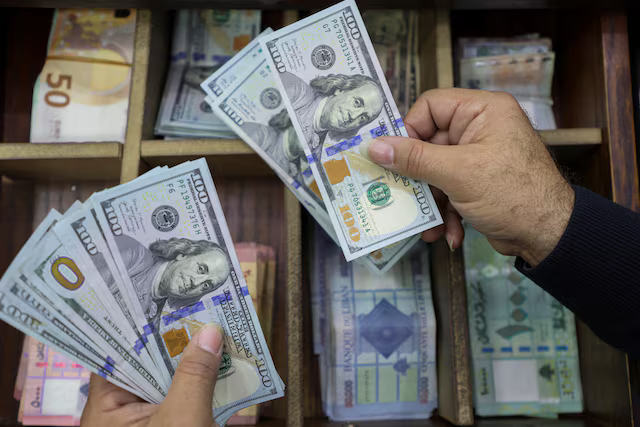The US dollar gained ground on Monday, recovering from its weakest week in over a year, as investors grappled with the potential implications of President Donald Trump’s threat to impose tariffs on Colombia, Reuters reports.
This latest development comes after Trump announced retaliatory measures, including sanctions and tariffs, in response to Colombia’s decision to turn away two US military aircraft carrying deported migrants as part of the administration’s immigration crackdown.
The dollar had experienced a dip in the previous week, as fears of tariffs eased, but Trump’s announcement reignited those concerns, leading to a rise in the greenback. The Mexican peso, often seen as a gauge for tariff-related tensions, fell 0.8% to 20.426 per dollar. Similarly, the Canadian dollar weakened slightly to 1.43715 per US dollar. The euro also saw a modest decline, down 0.14% to 1.0474 against the dollar, as market attention turned toward the European Central Bank’s policy meeting later this week, where expectations are for lower borrowing costs.
The dollar index, which measures the greenback against six major currencies, stood at 107.6, hovering near the one-month low it had reached last week.
As this week progresses, the focus will be on the Federal Reserve’s meeting, with markets anticipating that the US central bank will keep interest rates unchanged. The Fed is expected to maintain its current stance when it concludes its two-day meeting on Wednesday, though traders are keen to hear any indications of a potential rate cut in March, should inflation continue to move toward the 2% target.
Economic data released last week showed mixed signals. US business activity dropped to its lowest level in nine months in January, while existing home sales hit a 10-month high in December. Some analysts, like Kyle Chapman from Ballinger Group, suggested that these developments might point to a tight labor market, supporting the case for the Fed to hold rates steady for now.
Meanwhile, in other currencies, the Australian and New Zealand dollars both slightly weakened but remained near their one-month highs. The Japanese yen, on the other hand, appreciated by nearly 0.4% to 155.41 per dollar, following the Bank of Japan’s decision to raise interest rates on Friday to their highest level since the 2008 global financial crisis. The BoJ also revised its inflation forecasts upward, signaling that further rate hikes could be in store.








The latest news in your social feeds
Subscribe to our social media platforms to stay tuned